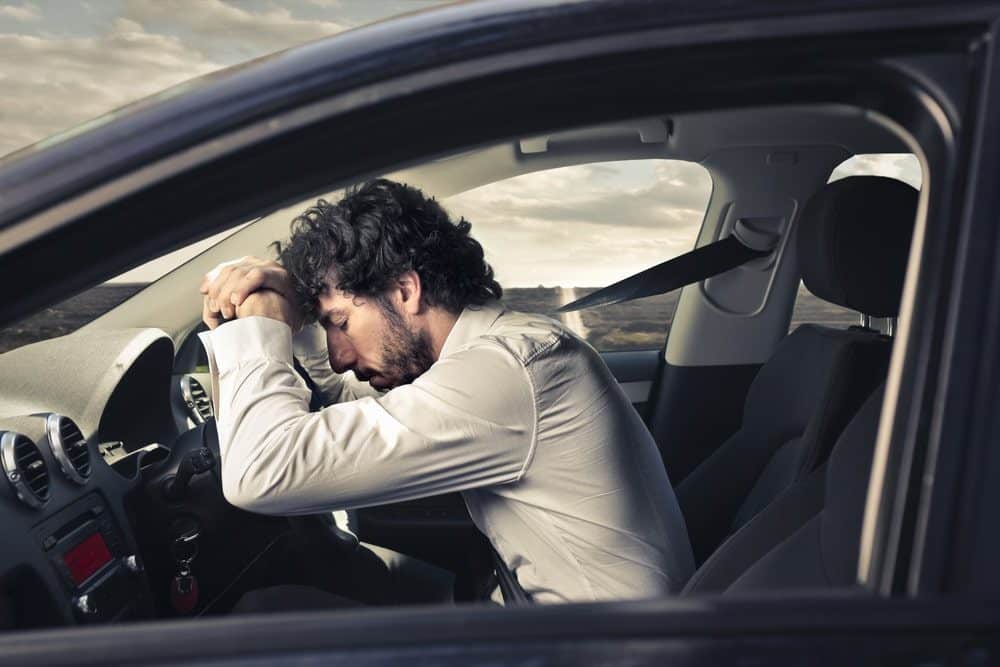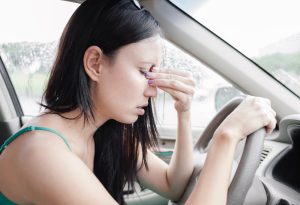Home > Car Insurance > How Does Car Insurance Work When You Are at Fault?
How Does Car Insurance Work When You Are at Fault?
Understand car insurance coverage in at-fault accidents in Australia and the claim options that might be available with Savvy's helpful guide.
Author
Savvy Editorial TeamFact checked

Car insurance in Australia is a fundamental aspect of responsible vehicle ownership, providing financial protection and assurance in case of accidents. However, understanding how car insurance works when you're at fault can be challenging. This informative guide aims to shed light on the subject, exploring the different types of insurance available and delving into the distinction between at-fault and no-fault laws in various Australian states.
Will my car insurance pay if the accident was my fault?
When you're at fault in a car accident in Australia, the extent of your coverage and whether you can make a claim depends on your level of insurance. There are several types of car insurance in Australia:
- Compulsory Third Party (CTP) insurance: this is mandatory insurance in Australia and covers your liability for injuries caused to others in a car accident. If you are in an accident, it covers the cost of treatment and compensation owed to affected parties, but it doesn’t cover damage to your vehicle. Whether you can claim for accident-related injuries under the CTP scheme if you are at fault depends on the state you live in:
- NSW: under NSW’s Green Slip scheme, anyone injured in a car accident can claim, whether or not they were at fault.
- SA: if you were entirely at fault, you are not covered for accident-related injuries.
- QLD: Queensland has a fault-based scheme, meaning you cannot claim if you were entirely at fault, though you may be able to claim for a reduced amount if you were partly at fault.
- TAS: Tasmania is a ‘no-fault’ state, providing compensation to all injured parties no matter who was at fault.
- VIC: even if you are at fault, you can claim for medical benefits under Victoria’s CTP scheme.
- ACT: the Australian Capital Territory’s Motor Accident Injuries (MAI) scheme is not fault based, meaning you can claim even if you are at fault.
- NT: the Northern Territory’s Motor Accidents Compensation (MAC) scheme is not fault based, so you can make a claim without proving fault.
- WA: if the accident was your fault, you are not covered for your injuries unless they are catastrophic.
- Third Party Property Damage (TPPD) insurance: this type of insurance covers the cost of damage you cause to another person's vehicle or property but does not cover your own vehicle.
- Third party fire and theft (TPFT) insurance: this covers everything covered by TPPD insurance and also provides protections if your car is stolen or damaged by attempted theft or fire.
- Comprehensive insurance: comprehensive insurance is the most extensive type of coverage available in Australia. It covers accidental damage to your vehicle, whether you’re at fault or not, and also covers claims made against you by third parties for damage to their car or property.
To understand exactly what you are covered for and your rights and responsibilities in the event of an at-fault accident, it is important to review your policy documents or speak with your insurance provider.
What happens if I’m involved in an accident without insurance in Australia?
In Australia, it is illegal to drive a car without CTP insurance. If you’re involved in an accident without insurance and you are at fault, you will be personally liable for all the costs associated with repairing your vehicle and paying for the injuries or property damage caused to the other parties involved in the accident.
Additionally, driving without car insurance can lead to severe penalties, affecting your driving record and potentially leading to the suspension or cancellation of your driver’s licence.
Helpful guides on car insurance
Compare car insurance policies with Compare the Market
Explore car insurance options by make
Select your car make and find out how much it may cost to insure, read helpful guides and compare quotes.
Disclaimer:
Savvy (ABN 78 660 493 194, ACR 541 339) provides readers with a variety of car insurance policies to compare. Savvy earns a commission from our partnered insurers each time a customer buys a car insurance policy via our website. All purchases are conducted via our partners’ websites. The integrity of our comparison service is unaffected by our partnerships with those businesses and our effort remains to bring further brands that do not already use our comparison service onboard.
Savvy’s comparison service includes selected products from a panel of trusted insurers and does not compare all products in the market. Any advice presented above or on other pages is general in nature and doesn’t consider your personal or business objectives, needs or finances. It’s always important to consider whether advice is suitable for you before purchasing an insurance policy. We always recommend readers to consult the Product Disclosure Statement (PDS) of different policies before purchasing your car insurance.










